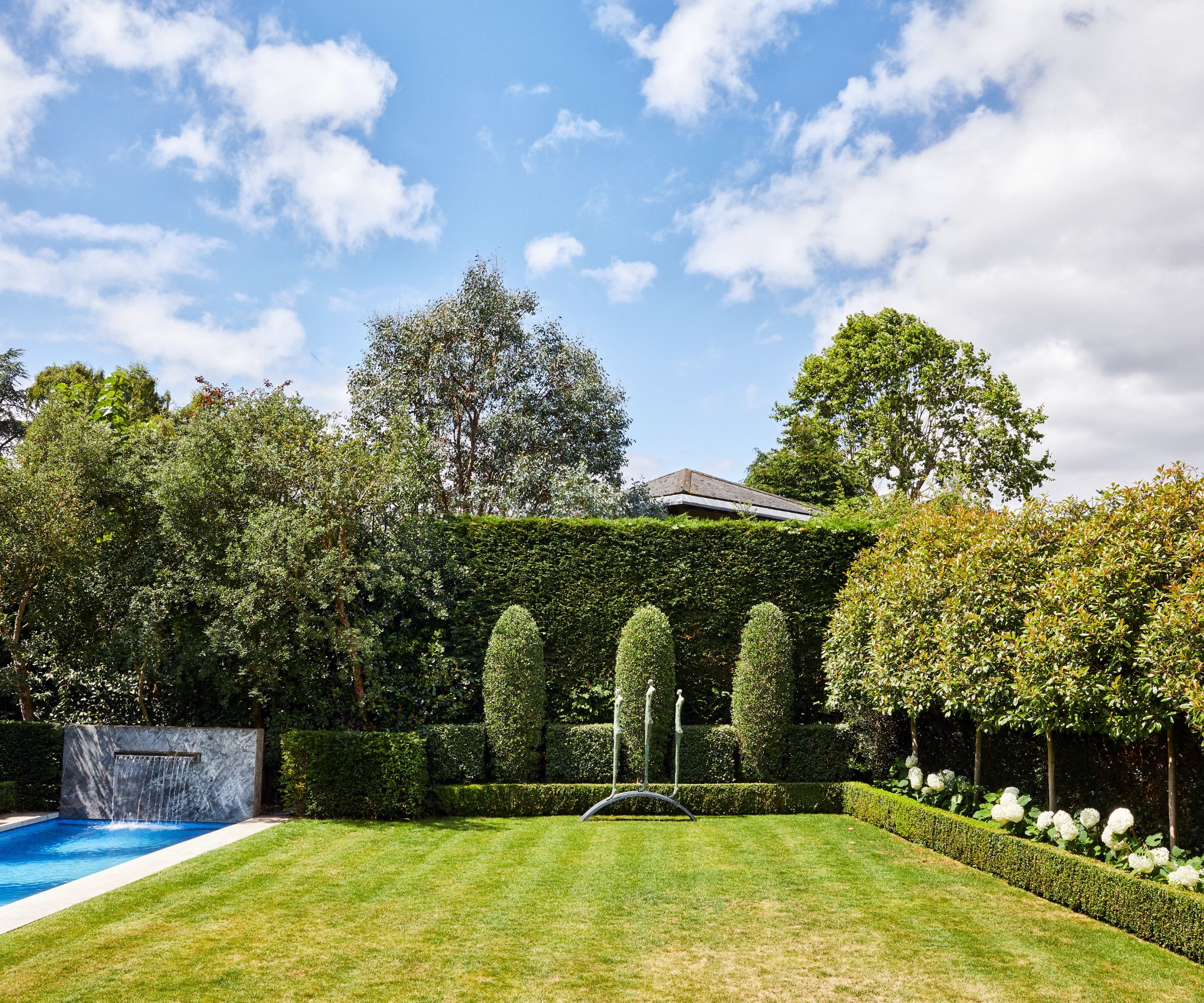
The summer can be a tough time for a lawn. Not only is there a lack of rainfall and increasing temperatures, but families spend more time outdoors on their lawns. From summer garden parties to kids playing in paddling pools or on trampolines, a lawn sees a lot of summer action.
A good annual lawn care regime can help keep a lawn healthy and able to withstand the rigours of the summer season. On top of that, there are some simple seasonal adaptions to how you look after a lawn to keep it in great shape all summer long.
Tweaking your approaches to mowing, watering, and weeding will make a difference. You can also feed a lawn in summer to strengthen it and adapt how your family uses it to keep it green, healthy, and prospering.

6 summer lawn care tips for better grass
Summer lawn care is not tricky and many of the tasks to keep it healthy are simple to understand. Incorporating the following steps into your summer gardening checklist will help keep a lawn looking great.
1. Mow at a higher height
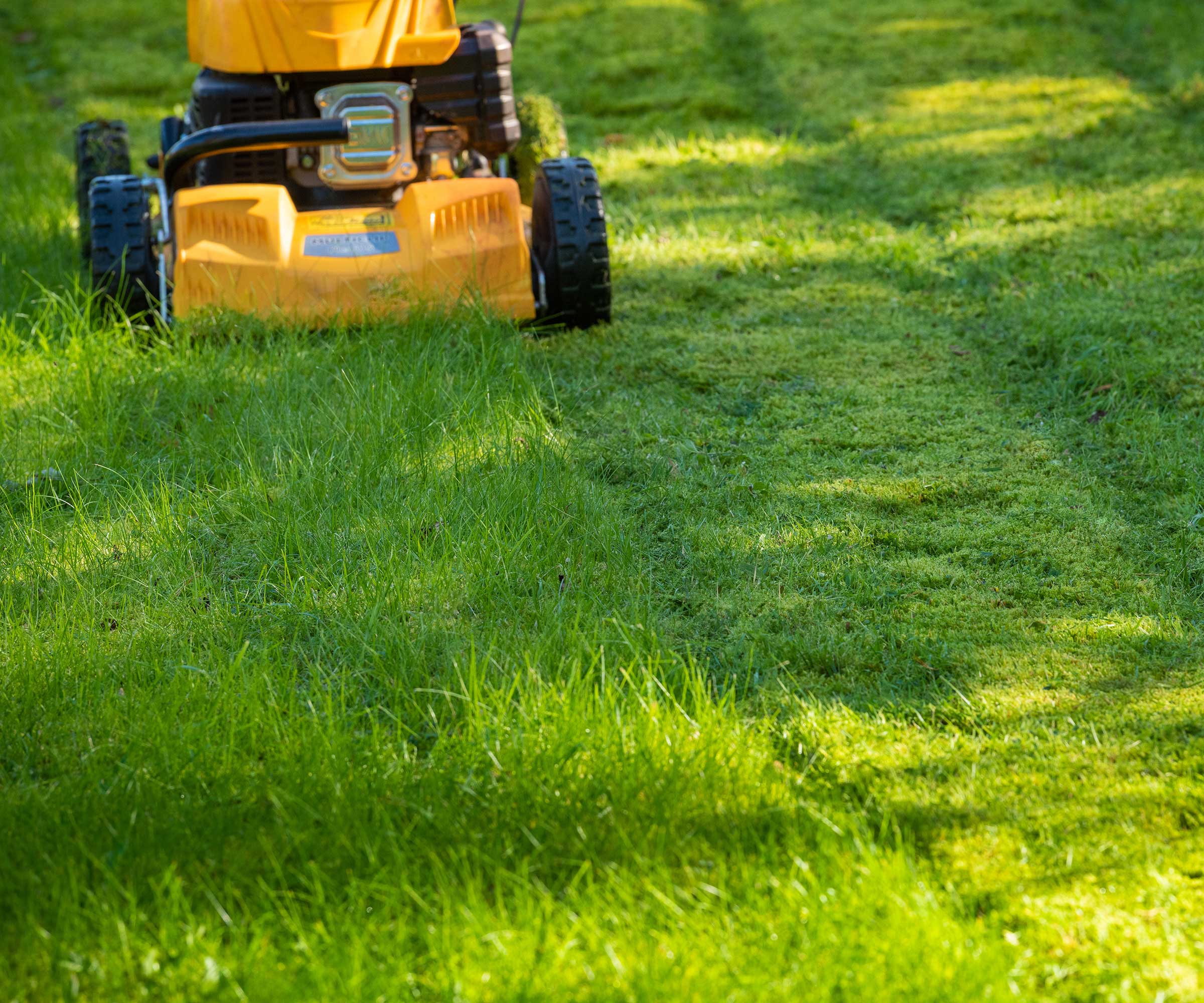
Continue to mow regularly to keep the lawn green and thick. The ambition may still be to mow manicured stripes into the lawn so it is pristine for summer, however, it is beneficial to raise the mower height to protect the grass as the temperature rises.
When the thermometer peaks the grass starts to grow slower and raising the height of the mower when cutting grass in hot weather helps the lawn cope better with the heat. A slightly longer lawn provides shade to the grass, protecting against heat stress, and reducing moisture loss.
2. Use short clippings as mulch
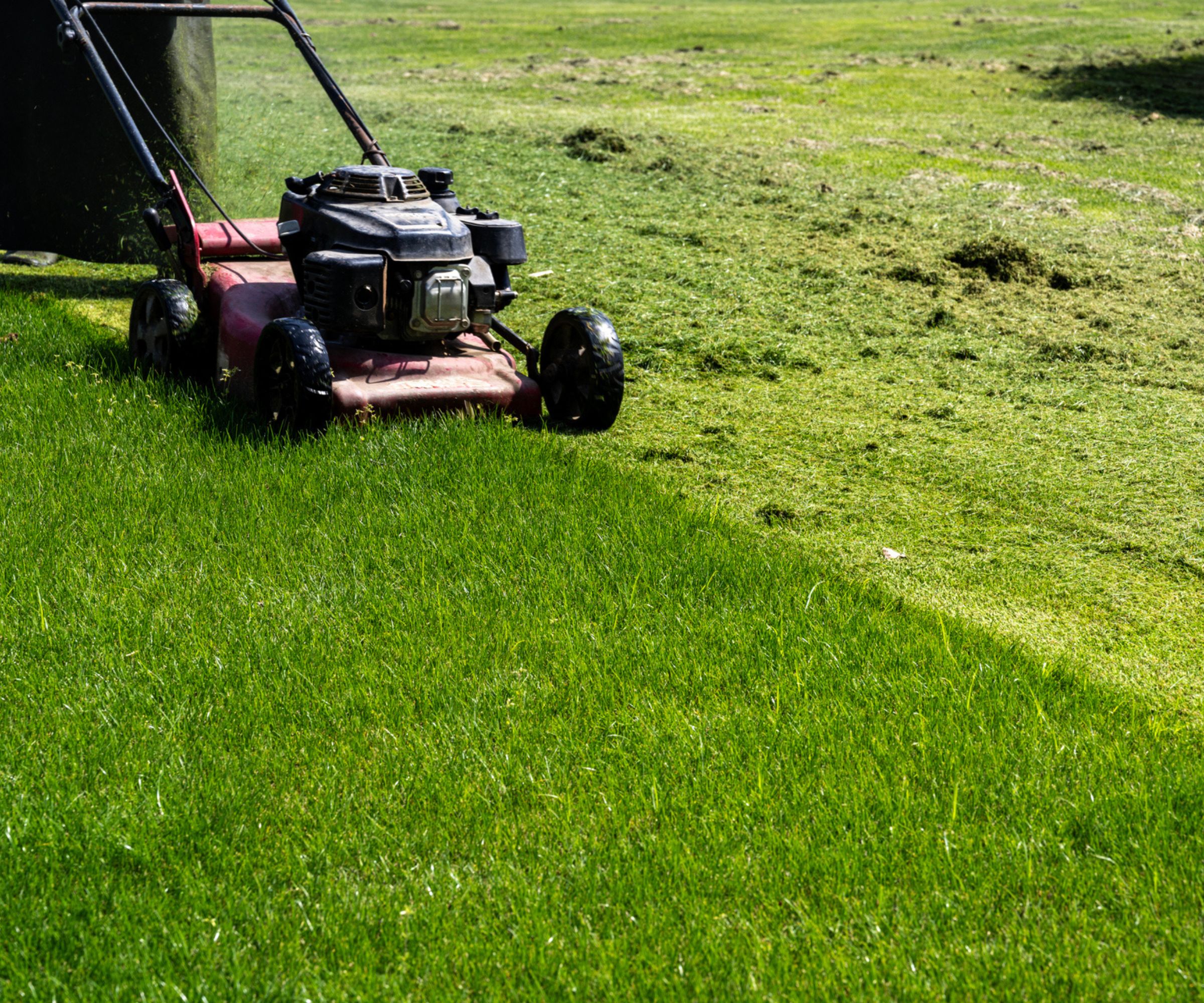
As well as raising the height, increasing how often you mow your lawn also offers advantages in summer. Whereas you may normally mow every 10 days, consider increasing this to every 5 days for the summer months.
Increasing the frequency of mowing means removing shorter clippings each time. These can be left on the lawn as mulch to help retain moisture in the ground and stop it from evaporating from the soil surface during hot summers.
A mulching mower is ideal for this, however, not using a collector on your lawn mower and adding a mulching plug can spread these short clippings around the lawn.
See the range of mulching plugs available at Amazon
3. Water deeply in the morning
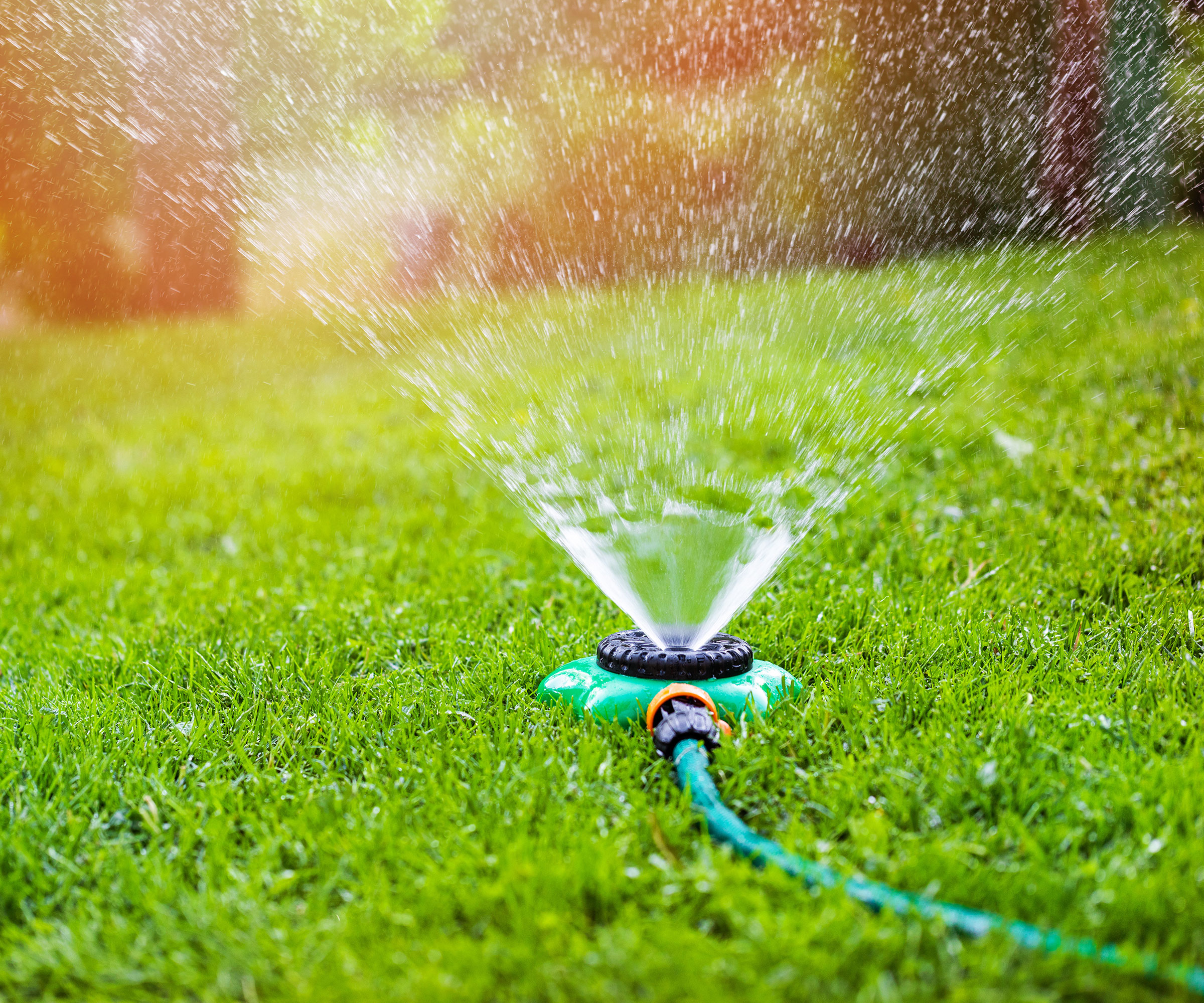
A lawn needs water during the hot summer days when there is less rainfall. Monitor the weather forecasts to see if any rain is due when planning when to water a lawn in summer. When you do get the hose or sprinkler out to water, there are optimal times to water your lawn.
It is better to water deeply and infrequently, rather than giving the grass a little drink more often. The moisture wants to penetrate deep into the root zone and not quickly evaporate off the surface. Light watering means a lawn is more susceptible to drought, whereas deep watering will encourage stronger and deeper roots.
Water grass in the morning once a week before the temperature ramps up. It gives ample time for the moisture to soak into the soil. It reduces evaporation, ensures the lawn has water during the hottest hours of the day, and lessens the risks of lawn diseases that occur from evening watering and foliage sitting wet overnight.
4. Apply a summer fertilizer

July can be a prime time to fertilize a lawn to help protect the grass against hot weather and give a boost of nutrients to green it up. A summer lawn fertilizer can strengthen and revitalize any lawn so it holds up to all weather and foot traffic over the months ahead.
A granular summer fertilizer is applied with a spreader to ensure even coverage and needs to be watered afterwards. It is ideal to mow the lawn before using fertilizer and to apply the fertilizer after rain. If there is no rain forecast, use a hose or sprinkler and water the lawn ahead of time - the nutrients will not be absorbed if you add fertilizer to dry ground.
Summerguard feeds and strengthens against heat and drought by improving your lawn’s ability to absorb water and nutrients.
5. Tackle weeds by hand
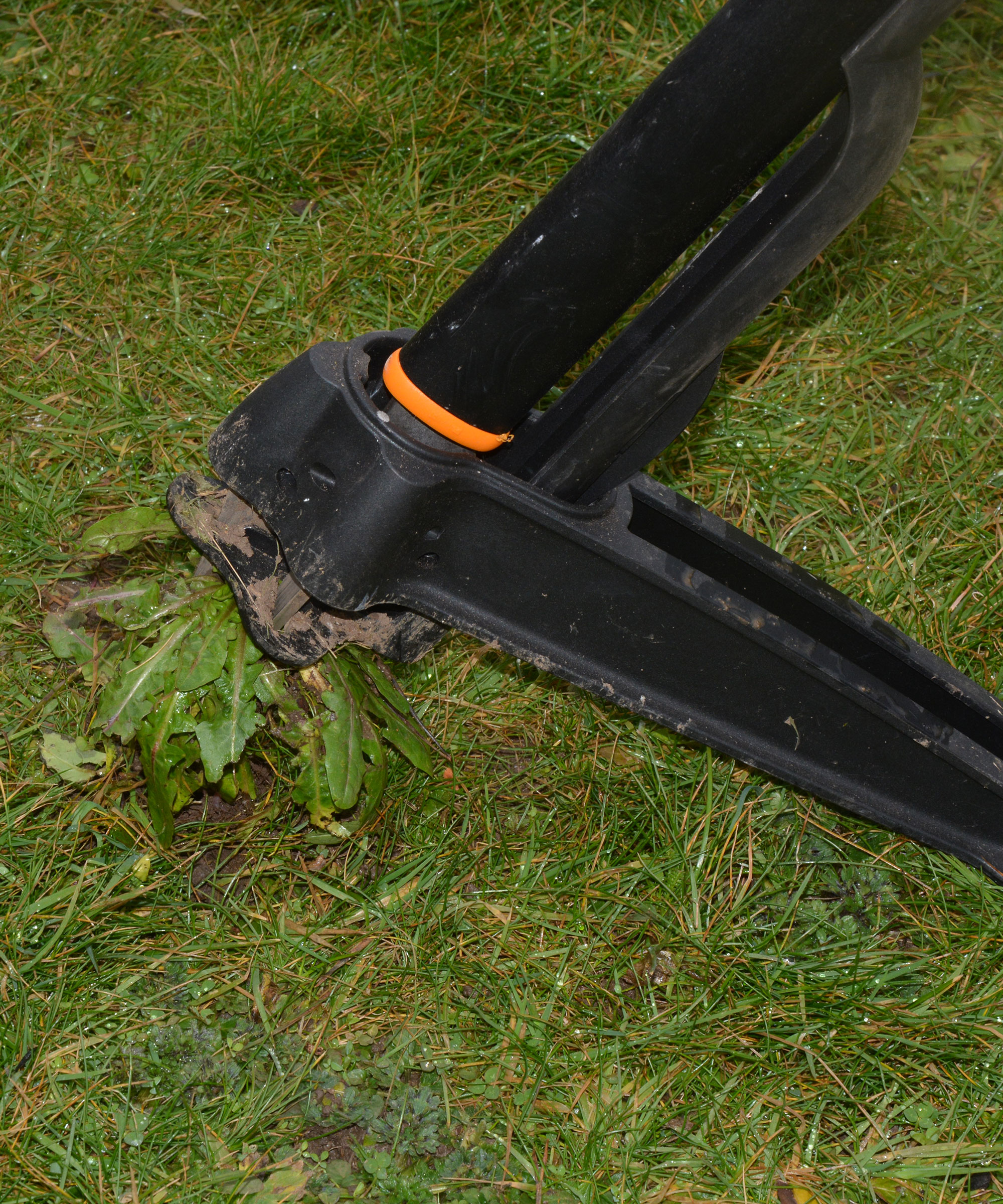
It may sound laborious, but weeds can prosper in summer and removing them by hand is the best way to kill weeds but not harm your grass. The weeds will compete for water and nutrients with your grass and are best tackled before they go to seed.
A lawn can be under extreme stress from the summer heat and potential drought. Using weed killer is not ideal in hot weather and there is little point in using weed and feed products in summer, as it is a preventative product and the weeds are already present.
Many perennial weeds, including dandelions and plantain, have deep roots and need the entire plant removed to prevent them from returning. Please pay close attention to weeds in the lawn and get rid of them one by one.
Any bare patches in the grass can then be overseeded with fast-growing grass seeds as a quick repair - keep the seed moist to ensure germination.
A stand up weeding tool works great for those large weeds with taproots, such as dandelions, thistles, and nettles. Solid and durable build construction ensures long-time usage.
6. Keep garden toys on the move
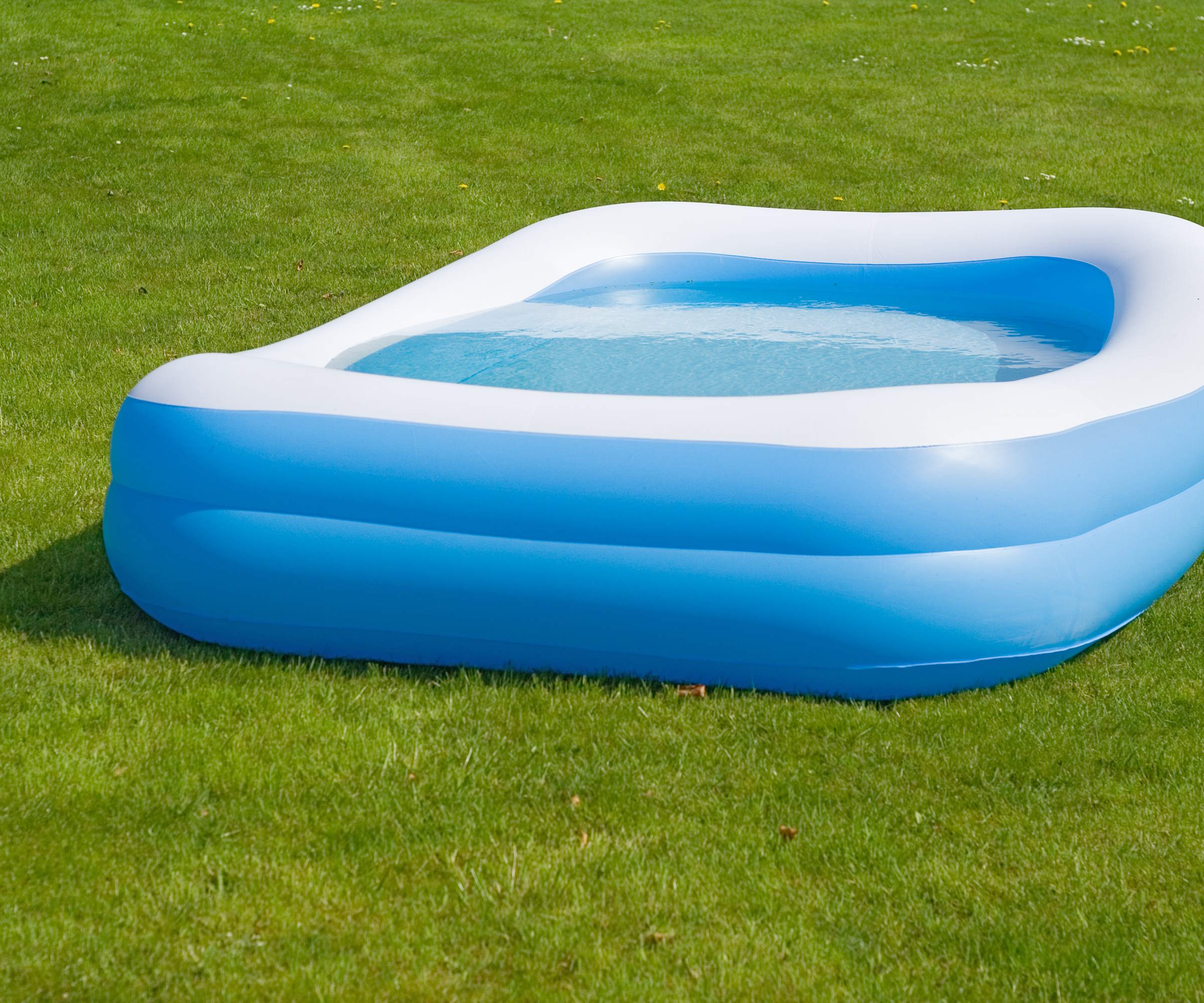
A family lawn can see lots of action and footfall over the summer and it will have an impact. Any toys, slides, paddling pools, slip-and-slides, or trampolines are best regularly moved around the garden to reduce impact on one area.
Such items will affect the health of the lawn, from smothering grass and restricting the light that gets down to the lawn to compacting the ground through lots of action. Move such garden toys around at least weekly to give affected areas time to recover.
FAQs
Can I scarify my lawn in July?
It is not advisable to scarify a lawn in the middle of summer. The growth of the grass will slow down when the temperatures increase and scarifying or dethatching in the hottest months of the year can stress the grass and it may struggle to recover during summer. When planning when to scarify a lawn, undertaking the task in spring or fall will achieve the best results.
Should I scalp my lawn in summer?
Scalping a lawn is the process of mowing the lawn extremely short. It can be beneficial, especially for warm-season grasses in spring. It is a task that should be done with caution, as there are risks attached. Scalping in summer can harm a lawn as the hot summer sun can damage the grass and it can also encourage moss.
The summer can be a busy time in any garden. On top of looking after your lawn, there can be plants to fertilize, shrubs and herbaceous perennials to deadhead, and also pruning that needs to be done. No matter how long the to-do list is, always take time and sit back and enjoy the garden.







